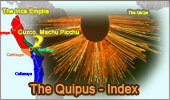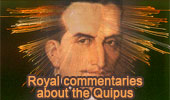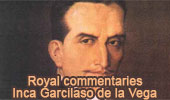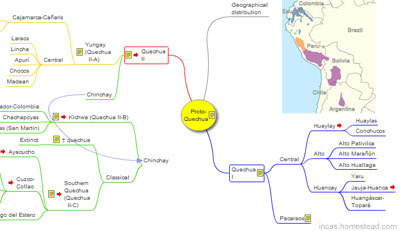Puno is a city in southeastern Peru, located on the shore of Lake Titicaca. It is known as the folkloric capital of Peru due to its wealth of artistic and cultural expressions, particularly dance.
Click the figure below to view the video.

Read more:
Puno map and Puno video

















































